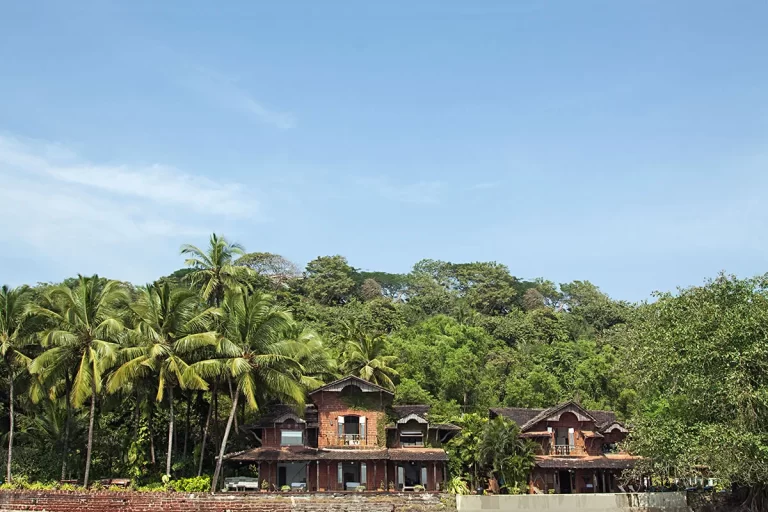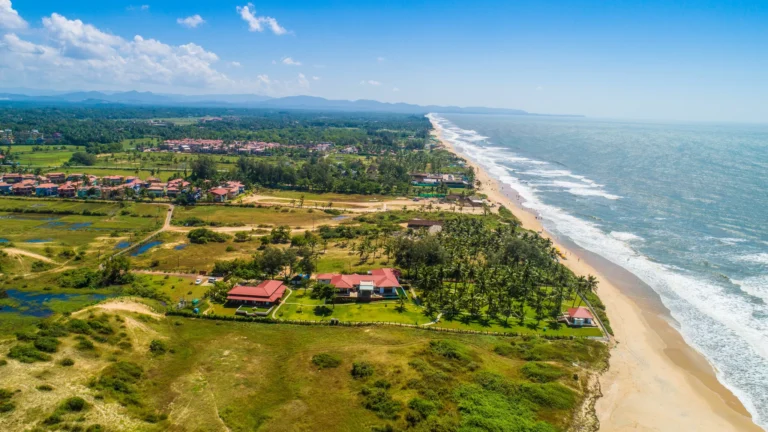Goa was the former capital of the Portuguese territories in India, and its rich Portuguese history has left a legacy of a number of historical monuments with elaborate designs and magnificent architectures. Belfries, baroque church facades and other artefacts of Portuguese colonial history remain in Goa’s preserved pedestrian enclave of Velha Goa or Old Goa.
The churches and convents were built during the sixteenth and seventeenth centuries AD, testimony to the evangelizing zeal of Portuguese Catholics.
These include Se’Cathedral, Church and Convent of St. Francis of Assisi, Chapel of St. Catherine, Basilica of Bom Jesus, Church of the Lady of Rosary and Church of St. Augustine.
The Church of St. Cajetan is modelled on the original design of St. Peter’s Church in Rome.
The Church of Bom Jesus contains the tomb of St Francis-Xavier. Its façade is decorated with Ionic, Doric and Corinthian pilasters, shows the application of the Classical order.
The Se’ Cathedral, with its Tuscan exterior, Corinthian columns at its portals, raised platform with steps leading to the entrance and barrel-vault above the nave, is yet another example of Renaissance architecture.
These monuments show Manueline, Mannerist and Baroque influences which the Portuguese missions spread into all the Asian regions they colonised.












